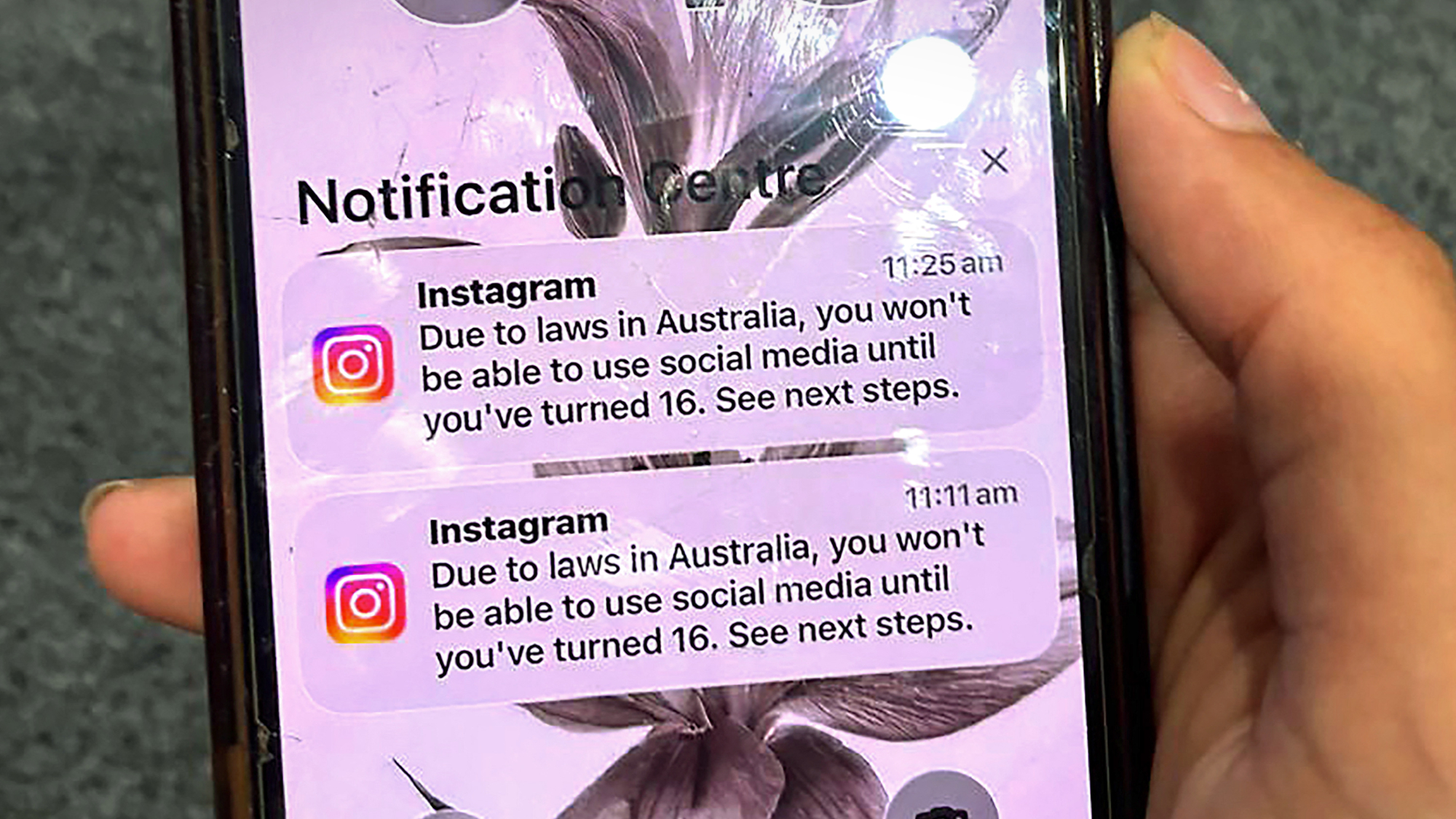John Oliver tackles gene editing, biohackers, and wolf-related hazards on Last Week Tonight

If you don't quite understand what gene editing is, or you watched the Rock's latest movie and think we're just a few lab accidents away from 30-foot wolves taking over the planet, John Oliver is here to help.
Gene editing is often talked about with both excitement and alarm, Oliver said on Sunday's Last Week Tonight. Many think it's "either going to kill all disease or kill every last one of us," but gene editing has actually been in existence for awhile. The latest technology is CRISPR, which is like copying and pasting in a Word document, Oliver explains; theoretically, scientists can find something they want to change on a strand of DNA, cut it out, and paste in a fix. The potential is "huge," he said, with scientists being able to possibly use CRISPR to eradicate cystic fibrosis or sickle cell anemia, but gene editing is also "wildly difficult," as many diseases have multiple genes that contribute to them.
CRISPR's underlying technology is relatively inexpensive, and there are biohackers who fork over a few hundred dollars for their own kits, frustrating scientists who worry that one accident by a biohacker will set the whole field back. Oliver used two examples to show the different approaches to gene editing — a biohacker named Josiah Zayner who injected himself with DNA modified using CRISPR in order to get larger muscles (it didn't work, Oliver noted) and a scientist named Kevin Esvelt who wants to introduce mice to Nantucket that have been genetically edited so they cannot pass Lyme disease to ticks. He will be extremely careful, but is worried because there's no way he can completely control all aspects of the study.
The Week
Escape your echo chamber. Get the facts behind the news, plus analysis from multiple perspectives.

Sign up for The Week's Free Newsletters
From our morning news briefing to a weekly Good News Newsletter, get the best of The Week delivered directly to your inbox.
From our morning news briefing to a weekly Good News Newsletter, get the best of The Week delivered directly to your inbox.
Ecosystems are extremely delicate, and one wrong move can completely mess things up. What's worrying to Oliver is people who aren't concerned about the consequences, as well as those who believe certain medical conditions are flaws and feel the need to "fix" people who don't think they have a problem. "Balancing risk and potential rewards is going to be tricky," Oliver said. Watch the video — which has some coarse language and images of fake mice and ticks that might scar you for life — below. Catherine Garcia

A free daily email with the biggest news stories of the day – and the best features from TheWeek.com
Catherine Garcia has worked as a senior writer at The Week since 2014. Her writing and reporting have appeared in Entertainment Weekly, The New York Times, Wirecutter, NBC News and "The Book of Jezebel," among others. She's a graduate of the University of Redlands and the Columbia University Graduate School of Journalism.
-
 Biggest political break-ups and make-ups of 2025
Biggest political break-ups and make-ups of 2025The Explainer From Trump and Musk to the UK and the EU, Christmas wouldn’t be Christmas without a round-up of the year’s relationship drama
-
 Why 2025 was a pivotal year for AI
Why 2025 was a pivotal year for AITalking Point The ‘hype’ and ‘hopes’ around artificial intelligence are ‘like nothing the world has seen before’
-
 The best drama TV series of 2025
The best drama TV series of 2025the week recommends From the horrors of death to the hive-mind apocalypse, TV is far from out of great ideas
-
 Australia’s teen social media ban takes effect
Australia’s teen social media ban takes effectSpeed Read Kids under age 16 are now barred from platforms including YouTube, TikTok, Instagram, Facebook, Snapchat and Reddit
-
 Google avoids the worst in antitrust ruling
Google avoids the worst in antitrust rulingSpeed Read A federal judge rejected the government's request to break up Google
-
 Supreme Court allows social media age check law
Supreme Court allows social media age check lawSpeed Read The court refused to intervene in a decision that affirmed a Mississippi law requiring social media users to verify their ages
-
 Nvidia hits $4 trillion milestone
Nvidia hits $4 trillion milestoneSpeed Read The success of the chipmaker has been buoyed by demand for artificial intelligence
-
 X CEO Yaccarino quits after two years
X CEO Yaccarino quits after two yearsSpeed Read Elon Musk hired Linda Yaccarino to run X in 2023
-
 Musk chatbot Grok praises Hitler on X
Musk chatbot Grok praises Hitler on XSpeed Read Grok made antisemitic comments and referred to itself as 'MechaHitler'
-
 Disney, Universal sue AI firm over 'plagiarism'
Disney, Universal sue AI firm over 'plagiarism'Speed Read The studios say that Midjourney copied characters from their most famous franchises
-
 Amazon launches 1st Kuiper internet satellites
Amazon launches 1st Kuiper internet satellitesSpeed Read The battle of billionaires continues in space
